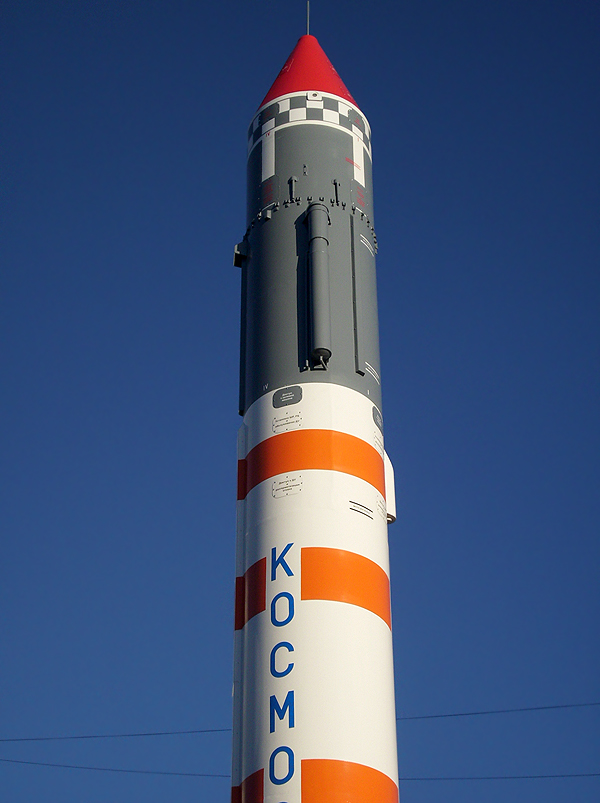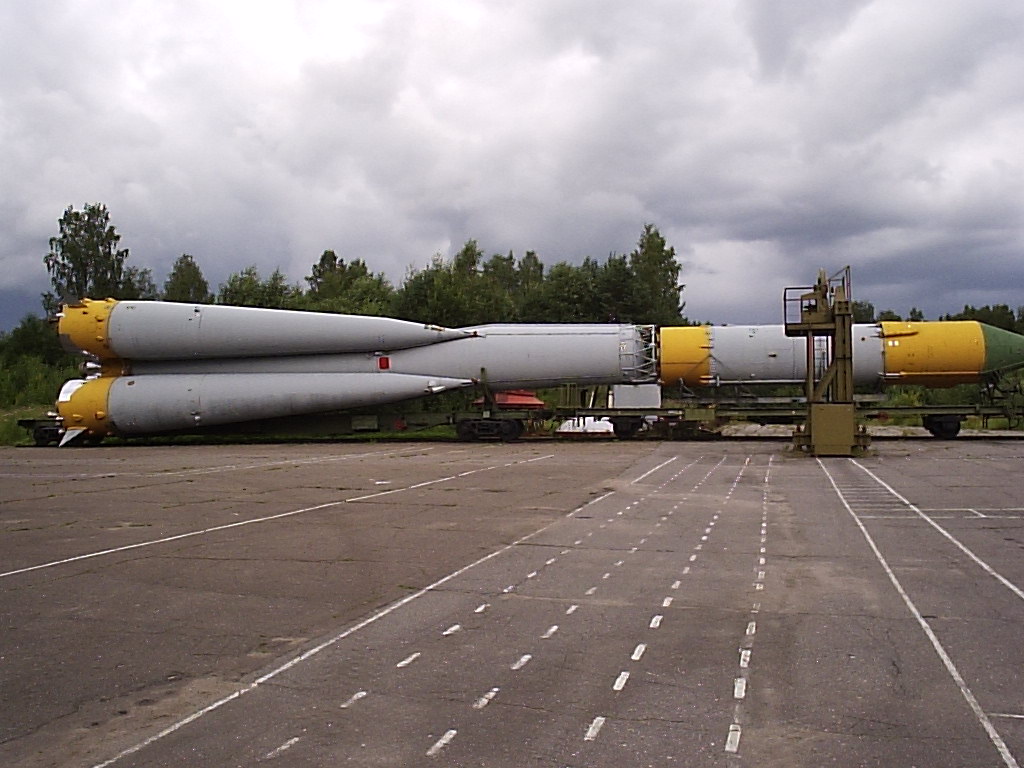Previous Spaceflight Launches
Filter by Agency, Locations or Vehicles
Show All LaunchesTitan IIIA | Transtage 1
Lockheed Martin | United States of AmericaCape Canaveral SFS, FL, USA
Sept. 1, 1964, 3 p.m.
Vostok 8A92M | Meteor-1 1
RKK Energiya | RussiaBaikonur Cosmodrome, Republic of Kazakhstan
Aug. 28, 1964, 4 p.m.
Thor SLV-2 Agena B | Nimbus 1
McDonnell Douglas | United States of AmericaVandenberg SFB, CA, USA
Aug. 28, 1964, 7:56 a.m.
Status: Launch Successful
Mission:
Nimbus 1, the first in a series of second-generation meteorological research-and-development satellites, was designed to serve as a stabilized, earth-oriented platform for the testing of advanced meteorological sensor systems and for collecting meteorological data.
Polar OrbitScout X-4 | Explorer 20
Vought | United States of AmericaVandenberg SFB, CA, USA
Aug. 25, 1964, 1:43 p.m.
Kosmos-2I 63S1 | Strela-1 4,5
Strategic Rocket Forces | RussiaKapustin Yar, Russian Federation
Aug. 22, 1964, 11 a.m.
Molniya 8K78 | Molniya-1 1b
Strategic Rocket Forces | RussiaBaikonur Cosmodrome, Republic of Kazakhstan
Aug. 22, 1964, 7:21 a.m.
Thor SLV-2A Agena D | KH-5 12
McDonnell Douglas | United States of AmericaVandenberg SFB, CA, USA
Aug. 21, 1964, 3:45 p.m.
Thor Delta D | Syncom 3
McDonnell Douglas | United States of AmericaCape Canaveral SFS, FL, USA
Aug. 19, 1964, 12:15 p.m.
Kosmos 65S3 | Strela-1 1,2,3
Strategic Rocket Forces | RussiaBaikonur Cosmodrome, Republic of Kazakhstan
Aug. 18, 1964, 9:15 a.m.
Scout X-4A | Reentry-4A
Vought | United States of AmericaWallops Flight Facility, Virginia, USA
Aug. 18, 1964, 6:05 a.m.




